A-B-C Blog
How to Choose the Right Container Packaging for Your Business Needs
In the ever-evolving landscape of consumer goods, selecting the appropriate container packaging is critical for businesses aiming to enhance product safety, sustainability, and market appeal. According to a recent report by Smithers Pira, the global market for container packaging is projected to reach $1 trillion by 2024, underscoring the significance of strategic packaging decisions in ensuring competitiveness.
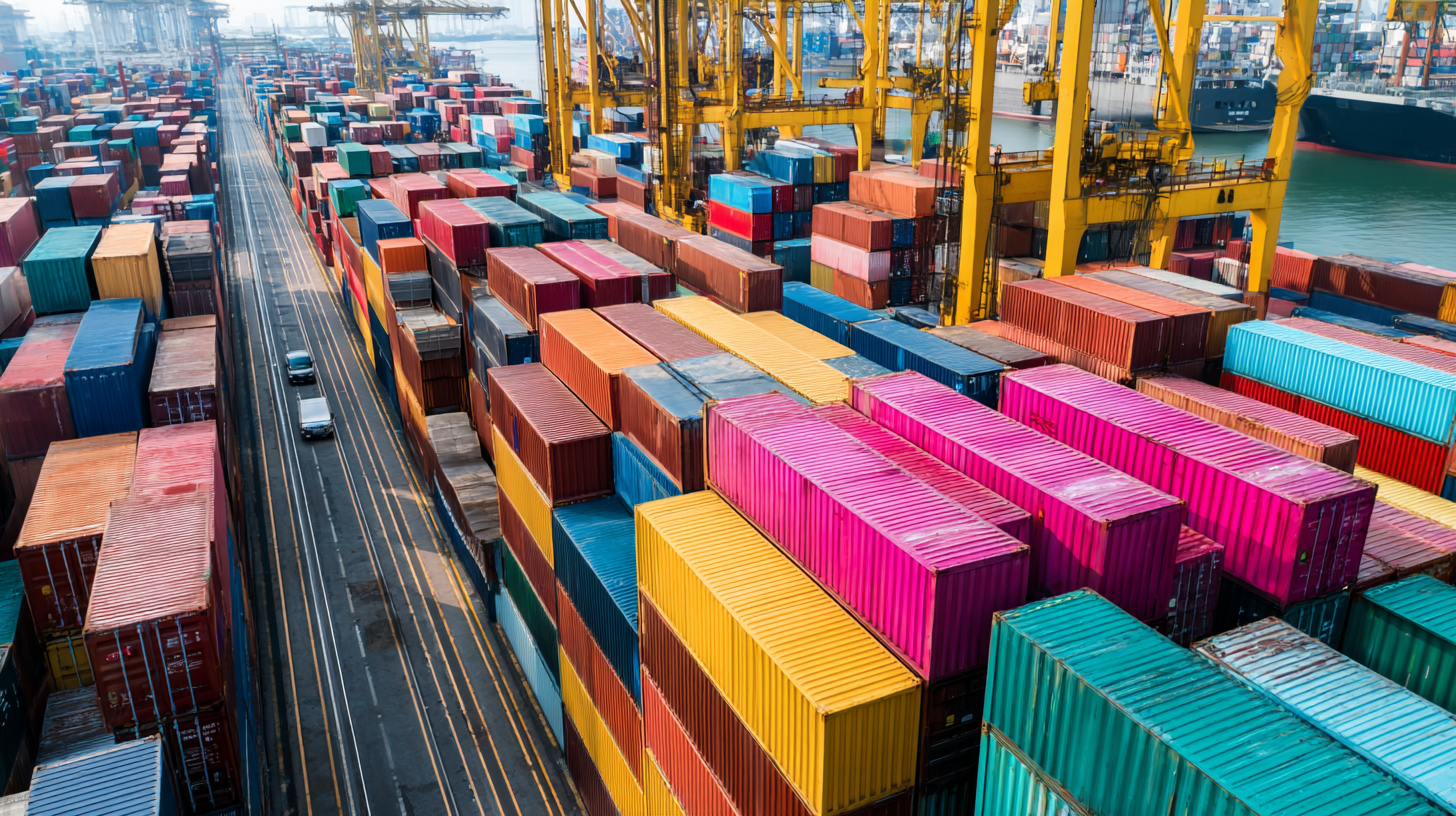
Furthermore, a survey by Packaging Strategies indicates that 72% of consumers prefer products with sustainable packaging, pointing to the growing trend towards environmentally friendly options. As companies navigate these demands, understanding various container materials—such as glass, plastic, and metal—along with their respective benefits and drawbacks, becomes essential for optimizing both function and aesthetics.
This guide aims to equip business owners with the insights needed to make informed decisions about container packaging tailored to their unique requirements.
Identifying Your Product's Unique Requirements for Container Packaging
Identifying the unique requirements of your product is crucial when selecting container packaging. Each product has specific characteristics that influence its packaging needs, such as size, shape, fragility, and environmental considerations. For instance, fragile items like glassware or electronics require robust packaging materials to prevent damage during transit and handling. In contrast, perishable goods demand airtight or temperature-controlled containers to maintain freshness and prevent spoilage.
Moreover, understanding your target market and distribution channels is essential in the decision-making process. For example, products intended for e-commerce may require packaging that is both lightweight and durable to reduce shipping costs yet protect the item effectively. Additionally, aesthetics play a significant role, as visual appeal can enhance brand perception and customer experience. By thoroughly assessing your product's unique requirements and consumer expectations, you'll be better equipped to choose container packaging that not only protects your product but also aligns with your overall business strategy.
Exploring Different Types of Container Packaging Materials: Pros and Cons
When selecting the right container packaging for your business, understanding the various materials available—along with their pros and cons—is crucial. Common options include cardboard, plastic, glass, and metal. According to a report by Smithers Pira, the global packaging market is projected to grow to $1 trillion by 2024, with sustainable materials gaining popularity among consumers.
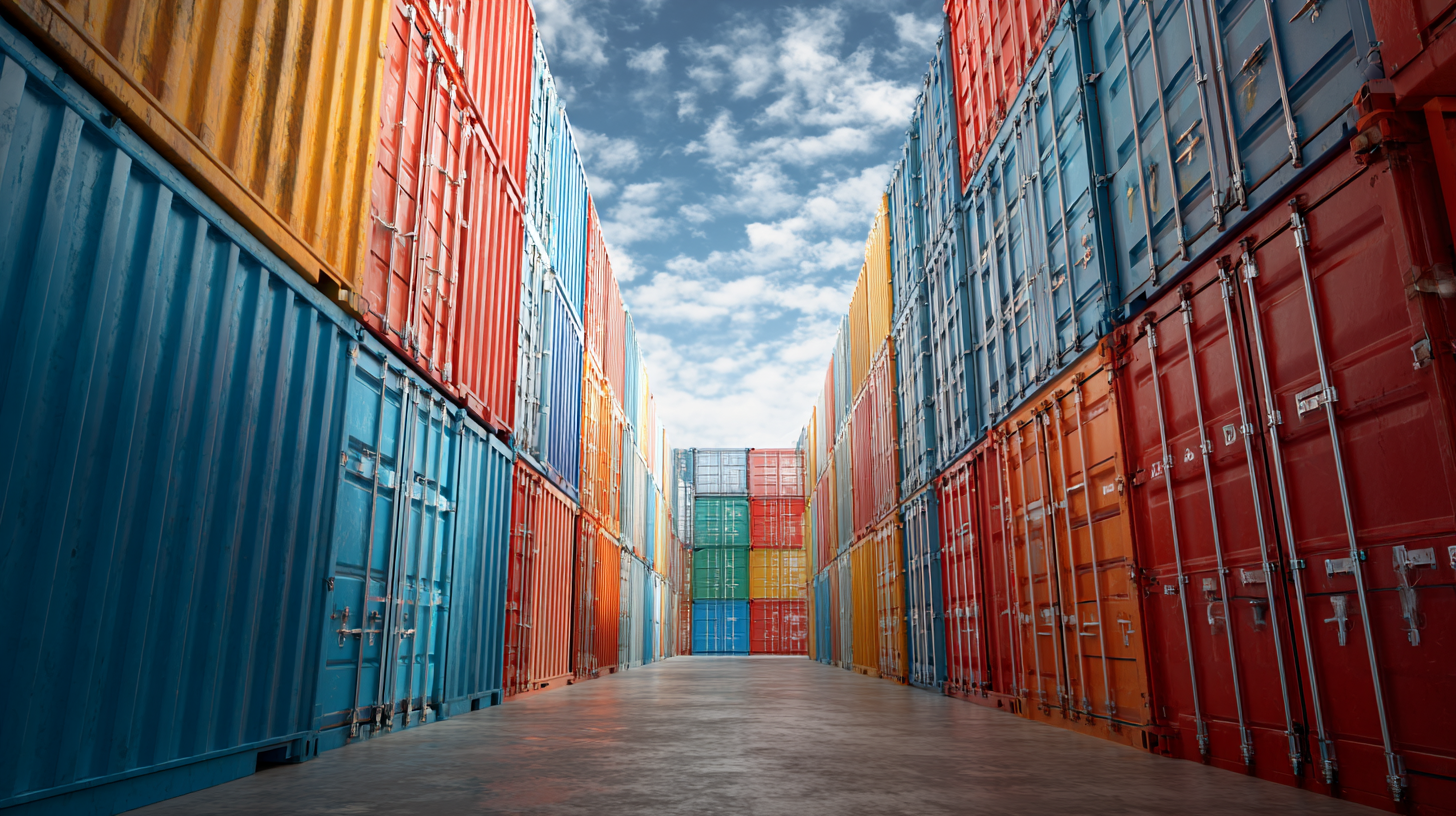
Cardboard offers excellent print quality and is lightweight, making it a cost-effective choice; however, it is less durable than plastic and can be susceptible to moisture. On the other hand, glass is recyclable and provides superior product protection, but its weight can increase shipping costs.
Tips: Always conduct a material cost analysis to balance quality with expenses. Consider incorporating modern designs, as 72% of consumers report that packaging design influences their purchasing decisions. Additionally, if sustainability is a priority for your brand, explore options like bioplastics or recycled materials, as the demand for eco-friendly packaging is expected to reach $500 billion globally by 2026.
Plastic containers are versatile and often more durable, making them a preferred choice for food and beverage packaging; however, environmental concerns about plastic waste can tarnish your brand image. Metal packaging, such as aluminum cans, has risen in popularity for its recyclability and ability to preserve product freshness. It's worth noting that 70% of consumers consider environmental impact when purchasing products, so choosing materials that align with sustainable practices can enhance brand loyalty.
Determining the Right Size and Shape of Containers for Optimal Use
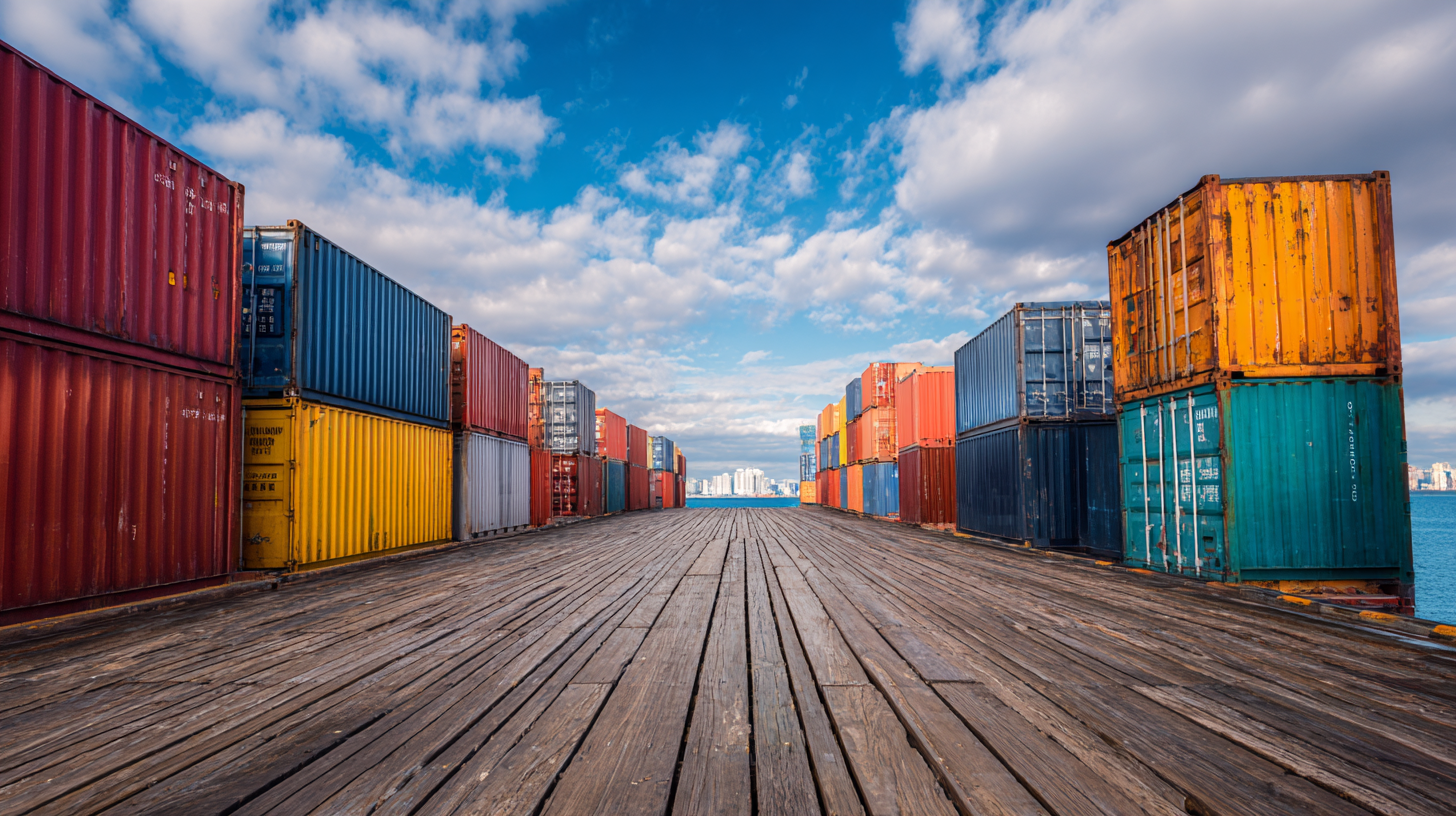 When selecting container packaging for your business, the size and shape of the containers play a vital role in optimizing functionality and efficiency. Understanding the product dimensions and weight is crucial. For instance, larger items may require sturdier boxes with ample space to prevent damage, while smaller products can benefit from compact designs that minimize wasted space and reduce shipping costs. Assessing the product's fragility and the appropriate handling methods will also influence your choice, ensuring that your containers offer adequate protection during transportation and storage.
When selecting container packaging for your business, the size and shape of the containers play a vital role in optimizing functionality and efficiency. Understanding the product dimensions and weight is crucial. For instance, larger items may require sturdier boxes with ample space to prevent damage, while smaller products can benefit from compact designs that minimize wasted space and reduce shipping costs. Assessing the product's fragility and the appropriate handling methods will also influence your choice, ensuring that your containers offer adequate protection during transportation and storage.
Beyond mere dimensions, the shape of the container can significantly impact usability and branding. Unique shapes can enhance shelf appeal, attract customer attention, and differentiate your product in a crowded market. However, it's essential to balance aesthetics with practicality; containers should facilitate easy stacking and storage while remaining convenient for customers to access. Ultimately, thoughtful consideration of both size and shape will streamline your packaging process, reduce logistical challenges, and promote a positive consumer experience.
Evaluating Cost-Effectiveness of Various Packaging Options for Your Business
When evaluating the cost-effectiveness of various packaging options for your business, it's essential to consider both the direct costs of materials and the indirect costs associated with logistics and waste. According to a report by Smithers Pira, the global market for sustainable packaging is expected to reach $500 billion by 2026, indicating a strong shift in consumer preference towards eco-friendly solutions. This trend not only influences purchasing decisions but can also result in long-term savings for businesses that invest in sustainable packaging options, reducing waste management costs associated with traditional materials.
In addition, a study from Packaging Strategies revealed that nearly 40% of companies saw a noticeable decrease in shipping costs after switching to lighter packaging materials. Lightweight packages not only reduce postage expenses but also minimize the environmental impact. By shifting your focus to efficient packaging designs that also meet sustainability goals, you place your business in a competitive position while appealing to the growing number of eco-conscious consumers. Thus, a thorough analysis of packaging choices must account for the potential financial benefits of selecting cost-effective materials that align with market trends and consumer demands.
How to Choose the Right Container Packaging for Your Business Needs
| Packaging Type | Material | Cost per Unit ($) | Durability | Sustainability | Best Use Cases |
|---|---|---|---|---|---|
| Plastic Container | Polyethylene | 0.50 | High | Moderate | Food Storage, Chemicals |
| Glass Jar | Glass | 1.20 | Very High | High | Preserves Flavor, Sauces |
| Aluminum Can | Aluminum | 0.75 | High | Moderate | Beverages, Canned Goods |
| Cardboard Box | Cardboard | 0.30 | Moderate | High | Shipping, Retail Packaging |
| Flexible Pouch | Plastic/Film | 0.40 | Low | Moderate | Snacks, Powders |
Considering Sustainability Practices in Your Container Packaging Choices
Sustainability is becoming an essential consideration in container packaging choices for businesses. As consumers are increasingly aware of environmental issues, there is a growing demand for packaging solutions that minimize plastic waste and use recyclable materials. The market for recyclable packaging is expected to exceed $95.01 billion in 2023 and grow at a compound annual growth rate of 6% from 2024 to 2032. This trend is largely driven by businesses adopting sustainable practices to comply with regulations and meet consumer preferences.
Moreover, sectors such as fast-moving consumer goods (FMCG) are witnessing significant market growth, projected to increase from $823.83 billion in 2024 to $1.34 trillion by 2032. This growth highlights the importance of environmentally responsible packaging in maintaining competitiveness in the marketplace. Companies are increasingly collaborating with logistics partners to implement eco-friendly transportation solutions that align with their sustainability goals. By prioritizing sustainable packaging options, businesses not only contribute to reducing plastic pollution but also enhance their brand appeal among eco-conscious consumers.
Related Posts
-
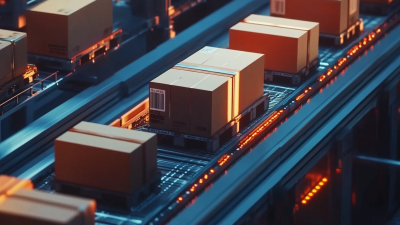
How to Optimize Container Packaging for Maximum Efficiency and Cost Savings
-
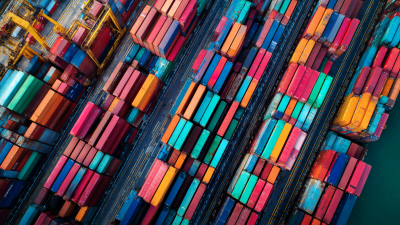
Understanding the Challenges with Best Container Packaging Solutions
-

How to Optimize Your Production Line with a Hot Melt Machine
-
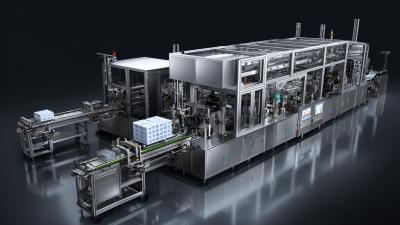
Elevating Global Standards with Best Package Machine from China
-

The Complete Guide to Mastering Food Packaging Machine Selection and Usage
-
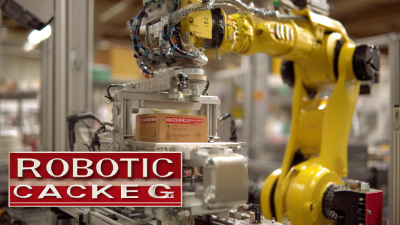
Unveiling the Best Robotic Case Packer with Impressive Specs and 5 Key Features






